When I learned that President Obama had decided to visit Hiroshima while in Japan for the Group-7 meeting next week, the first person I contacted was David Krieger.
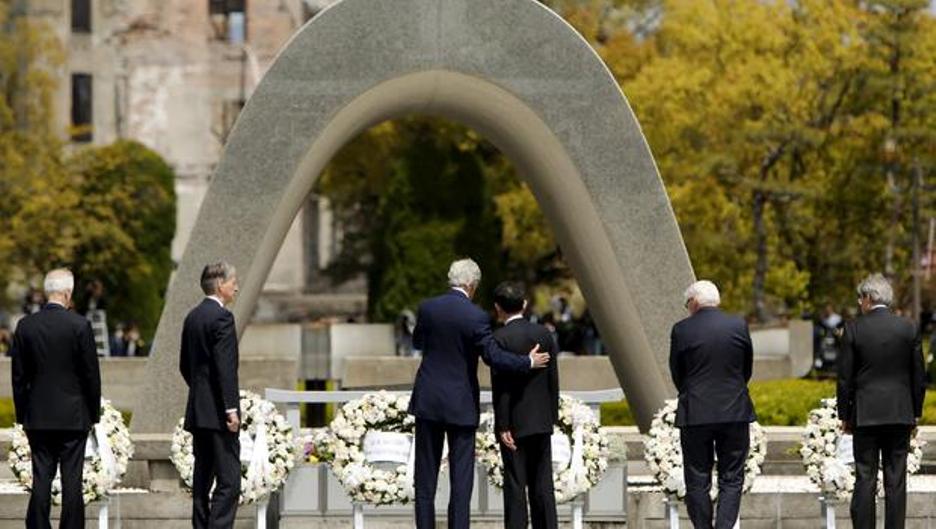
Secretary of State John Kerry, center left, with Japan’s foreign minister, Fumio Kishida, at Peace Memorial Park in Hiroshima.
As founder and president of The Nuclear Age Peace Foundation, Krieger has worked tirelessly for the abolition of all nuclear weapons. (And I thought ethics was a tough sell!)
Obama’s visit gives the president the opportunity to honor the dead as well as revisit his call for nuclear disarmament.
True to his past words, Krieger offered this suggestion for the president.
Mr. President,
The word is out.
You will visit Hiroshima in May.
In Hiroshima, nuclear weapons become real.
The possibility of destroying civilization
becomes tangible.
Visiting Hiroshima is an opportunity to lead the way back
from the brink.
Take three gifts to the world on your journey: your courage,
your humanity, and a proposal to end the insanity.
Offer to convene the nuclear nine to negotiate a treaty
to eliminate nuclear weapons.
Set the world back on course.
Do it for the survivors.
And for children everywhere.
Speaking of children, David contacted me after a recent visit he made to a fourth grade class.
“Hi Jim,
“The meeting with the fourth grade class was very special. It was my granddaughter Addie’s class, and she gave me a heartwarming introduction. The class had been studying peace all week and brought me in as an example of a person dedicated to peace. They shared with me their conceptions of peace, which were quite poetic and always broader than simply the absence of war. I shared with them my understanding of peace, and explained the different ideas I was expressing in [a] poem. In addition, I spoke about peace being demonstrated by kindness, respect, empathy and compassion. It can be practiced by opposing bullying and sharing smiles.
“The class seemed to appreciate nonviolence and knew about Gandhi, Martin Luther King, Jr., Nelson Mandela and other nonviolent peace leaders. I talked with them about peace being active rather than, passive and our concept at the Nuclear Age Peace Foundation of ‘waging peace.’ I also shared with them the perspectives on peace of a number of thoughtful individuals, including Helen Keller, John F. Kennedy and Desmond Tutu. We talked about peace being essential in the Nuclear Age, and about the importance of the atomic-bombed cities of Hiroshima and Nagasaki for awakening people to the nuclear threat to humanity.
“They had heard the story of Sadako and the thousand paper cranes, and we talked about how young people everywhere folded cranes in honor of Sadako. I mentioned her poem, ‘I will write peace on your wings and you will fly all over the world.’ The paper crane has become a symbol of peace, and thousands of them can always be found around a statue of Sadako in Hiroshima Peace Park.
“Finally, I told them the story of the sunflower being the symbol of a nuclear weapon-free world. I was uplifted by their engagement and their enthusiasm for making peace a part of their lives.”
PEACE IS…
More than the absence of war
The global architecture of human decency
Putting the planet ahead of profit
Basic security for all
Freedom from oppression
Recognition of human dignity theirs as well as ours
Everyone’s inalienable right
Living gently on the Earth
The courage of nonviolence
A process, not an end
A thousand cranes in flight
A gift to children everywhere
Comments
Leave a Comment



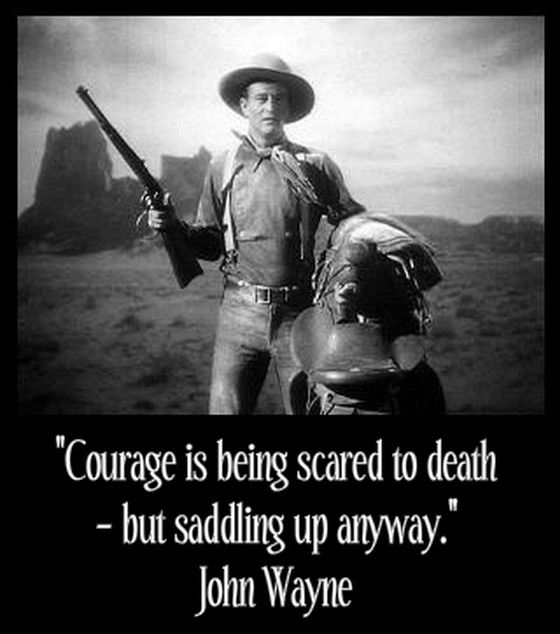



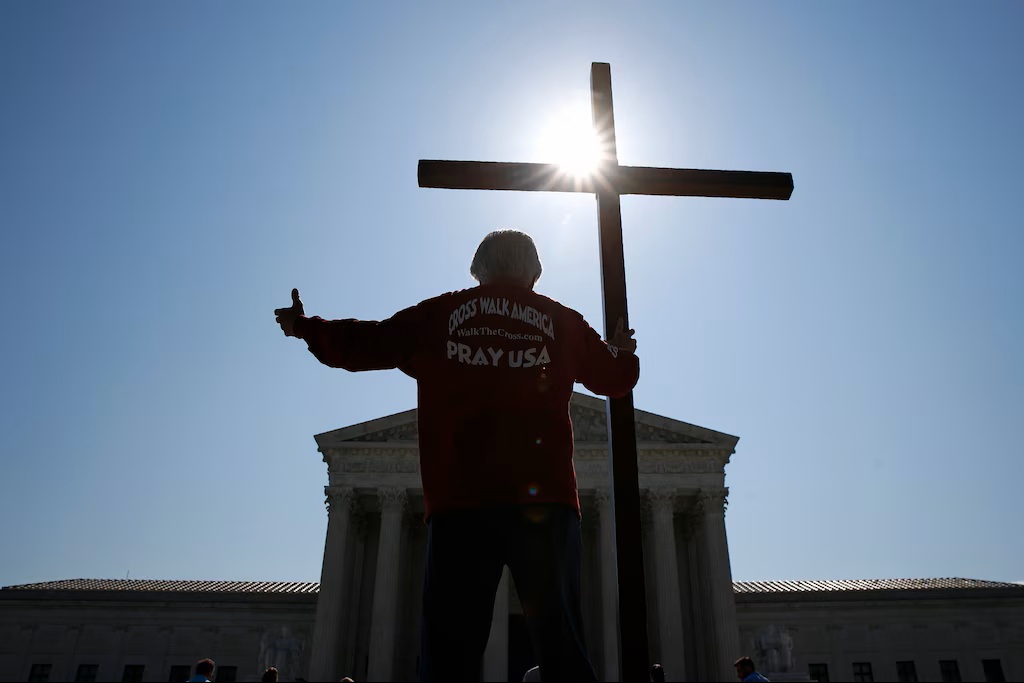
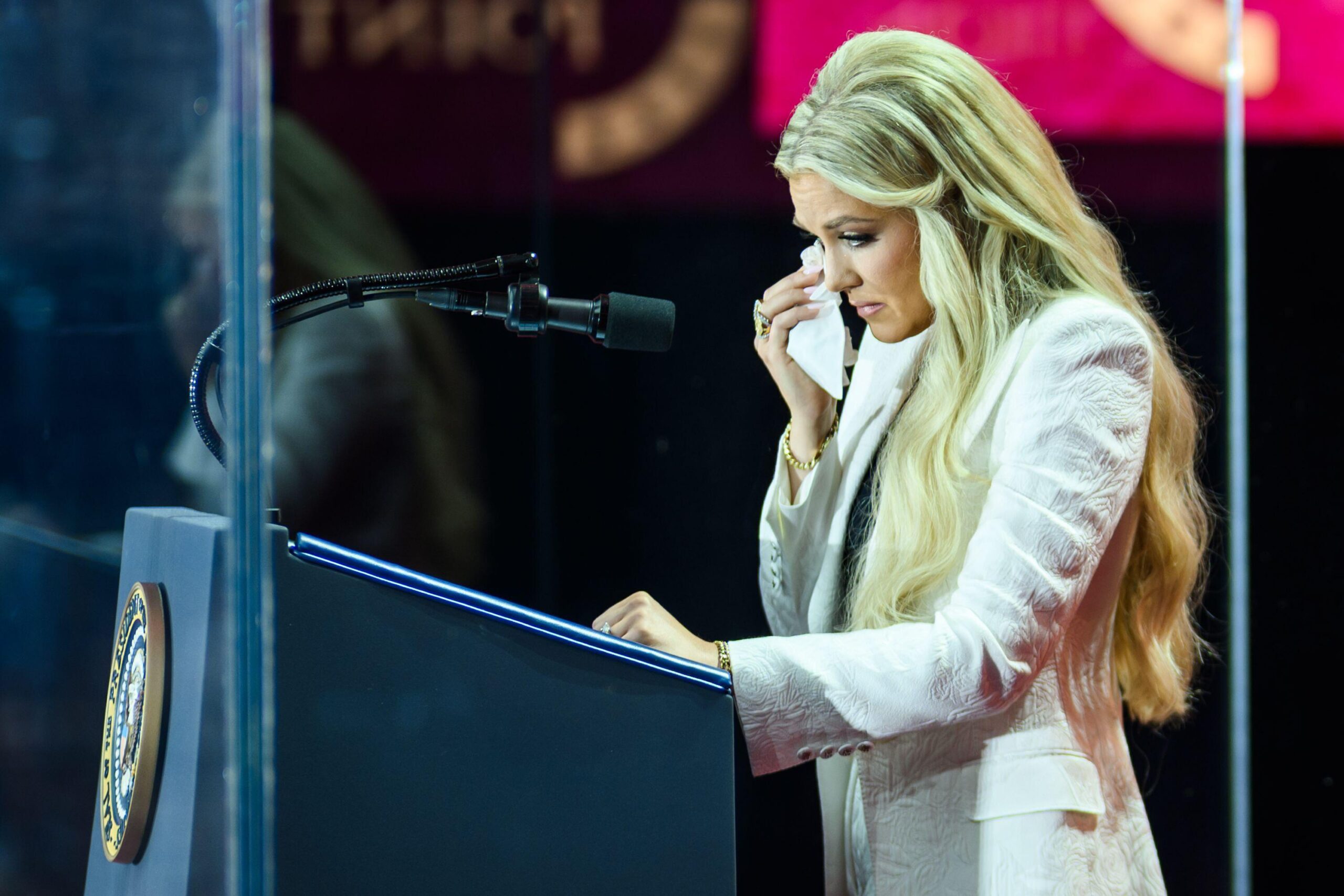

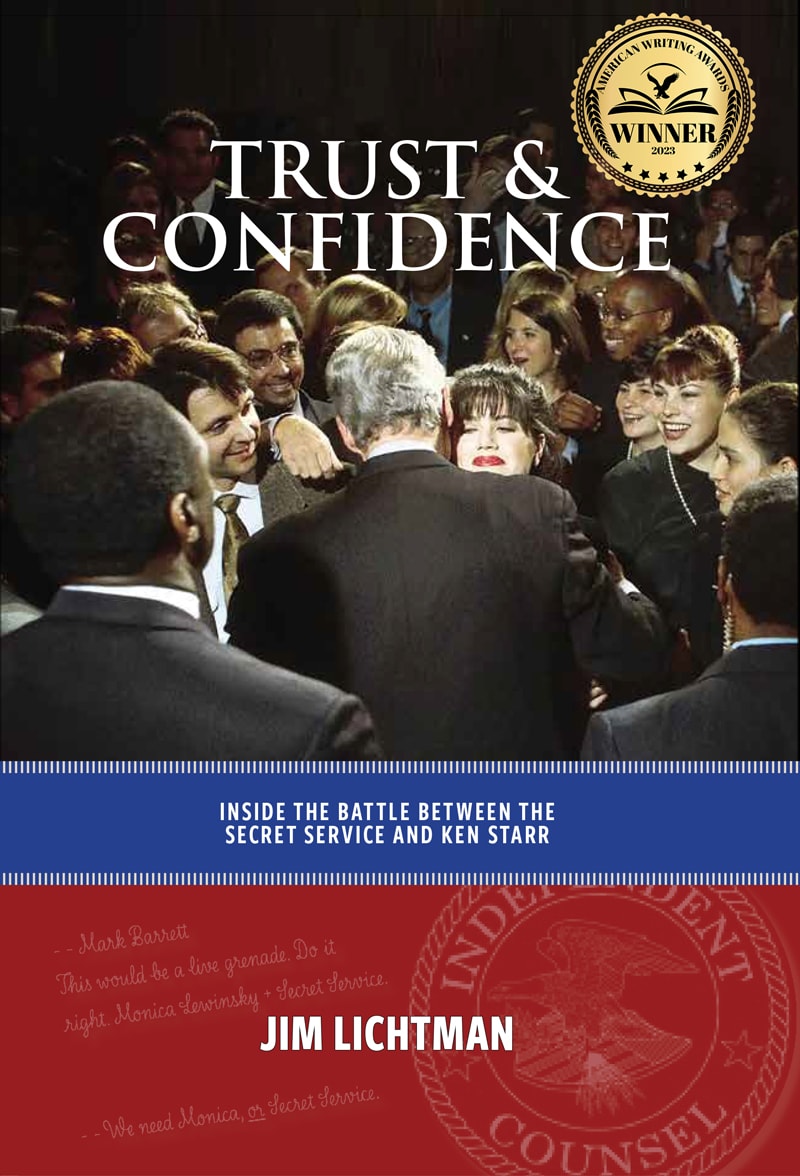
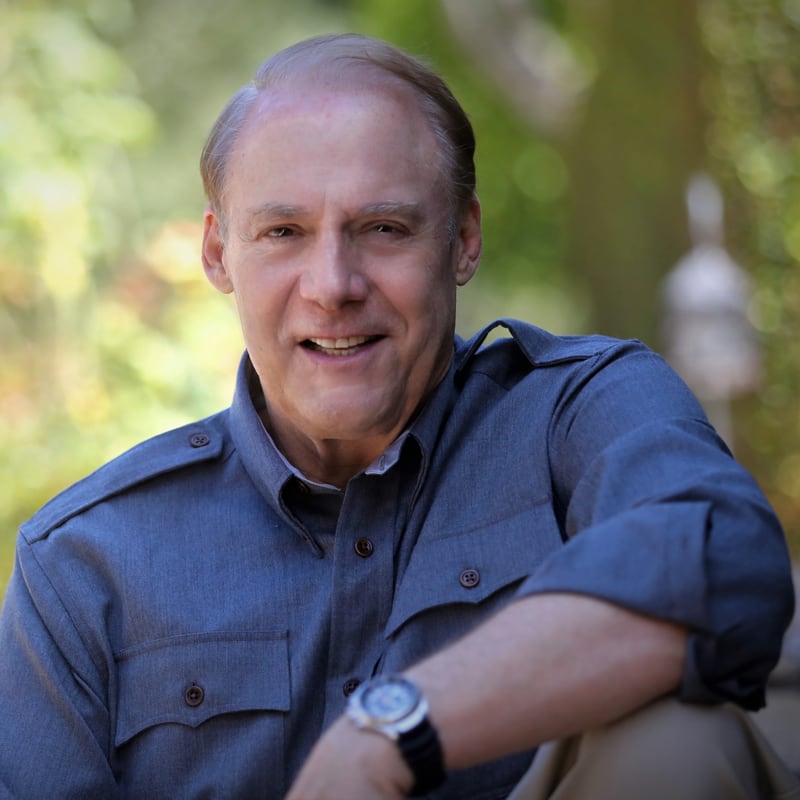
Dear Jim,
Many thanks for today’s blog with your focus on our work for peace and a world free of nuclear weapons. Peace is indeed a gift to children everywhere and an ethical issue that deserves far more attention.
Thanks Jim for encouraging us to think with another great quote: “your courage,
your humanity, and a proposal to end the insanity.”